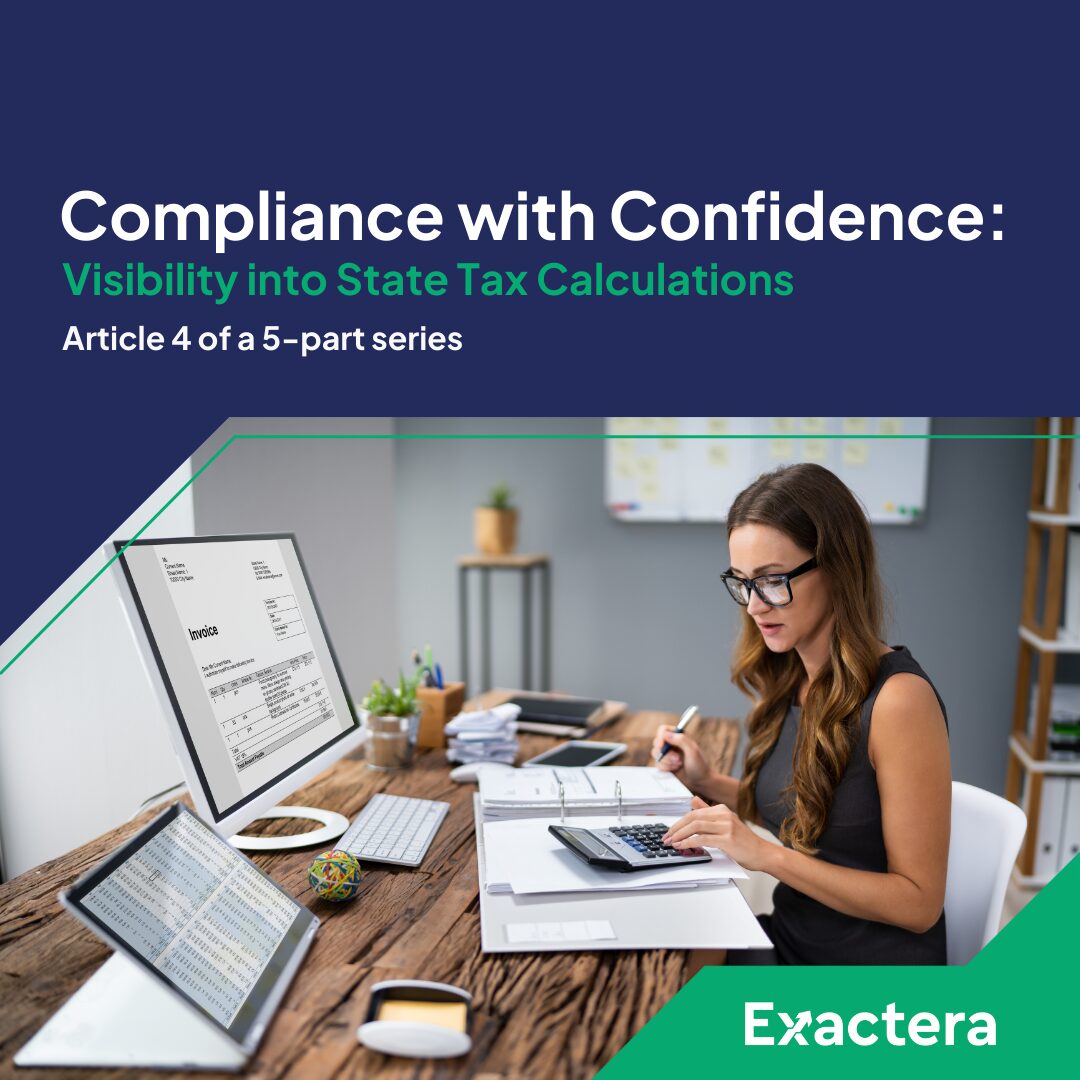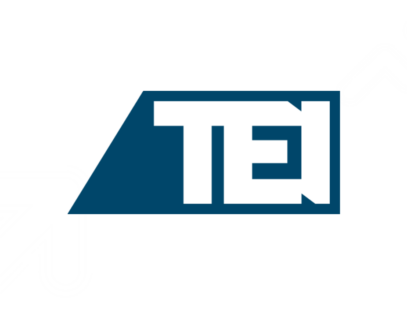State taxes are a material yet often underestimated component of a company’s overall tax provision. Unique rates, rules, and methodologies across states create a complex compliance landscape that demands precision and adaptability from providers.
Regulatory Trends on State Tax Transparency
Although ASC 740 doesn’t mandate state-by-state calculations, companies are already required to account for income taxes in each jurisdiction where they operate for accurate apportionment and overall tax provision compliance. Updates to FASB ASU 2023-09 take this requirement a step further, calling for rate reconciliation and disaggregated reporting of income taxes by jurisdiction, including state-level disclosures.
This regulatory shift underscores the growing demand for visibility into state tax data. And it’s fair to say that such visibility will remain essential for clients and providers alike.
Automation: Streamlining Compliance and Enhancing Accuracy
Manually tracking tax rate changes across multiple states has long been the norm—but it’s no longer practical or sustainable.
Automation supports diverse methodologies—state-by-state calculations, blended rates, or hybrid models—while maintaining accuracy and traceability. It streamlines processes like apportionment tracking, freeing up service providers to assist clients with strategic analysis rather than wasting time on manual updates.
And let’s not forget: Automation can also improve strategic tax planning by providing insights into multistate liabilities and potential savings opportunities for clients.
Reducing Risks During Audits
As states adopt aggressive enforcement measures—such as expanded nexus rules and combined filing requirements—clients are facing increasing scrutiny during audits.
Tools offering granular insights and state-specific adjustments provide a clear audit trail, enabling quick responses to inquiries from clients and auditors. Features like collapsible views streamline analysis by toggling between detailed state-level data and high-level summaries, minimizing risks of misstatements and audit-related surprises.
Beyond Compliance: Advancing Broader Goals
The benefits of state tax visibility extend far beyond compliance. It enables service providers to streamline workflows, automate repetitive tasks, and focus on more strategic initiatives such as scenario planning or assessing legislative impacts.
As FASB moves toward mandatory state-level reporting, transparency is indispensable for effective tax governance. By adopting the right tools, your firm can navigate multistate compliance more confidently, reduce inefficiencies, and—strengthen trust with regulators and clients.
To read another part of this Tax Provision Visibility Series, click here:
Part One: Compliance with Confidence: Why Tax Provision Visibility Matters
Part Two: Compliance with Confidence: Visibility into Foreign Currency Translations
Part Three: Compliance with Confidence: Visibility into Deferred Tax Calculations
Part Four: Compliance with Confidence: Visibility into State Tax Calculations
Part Five: Compliance with Confidence: Visibility into Calcuations for Financial Statement Audits









